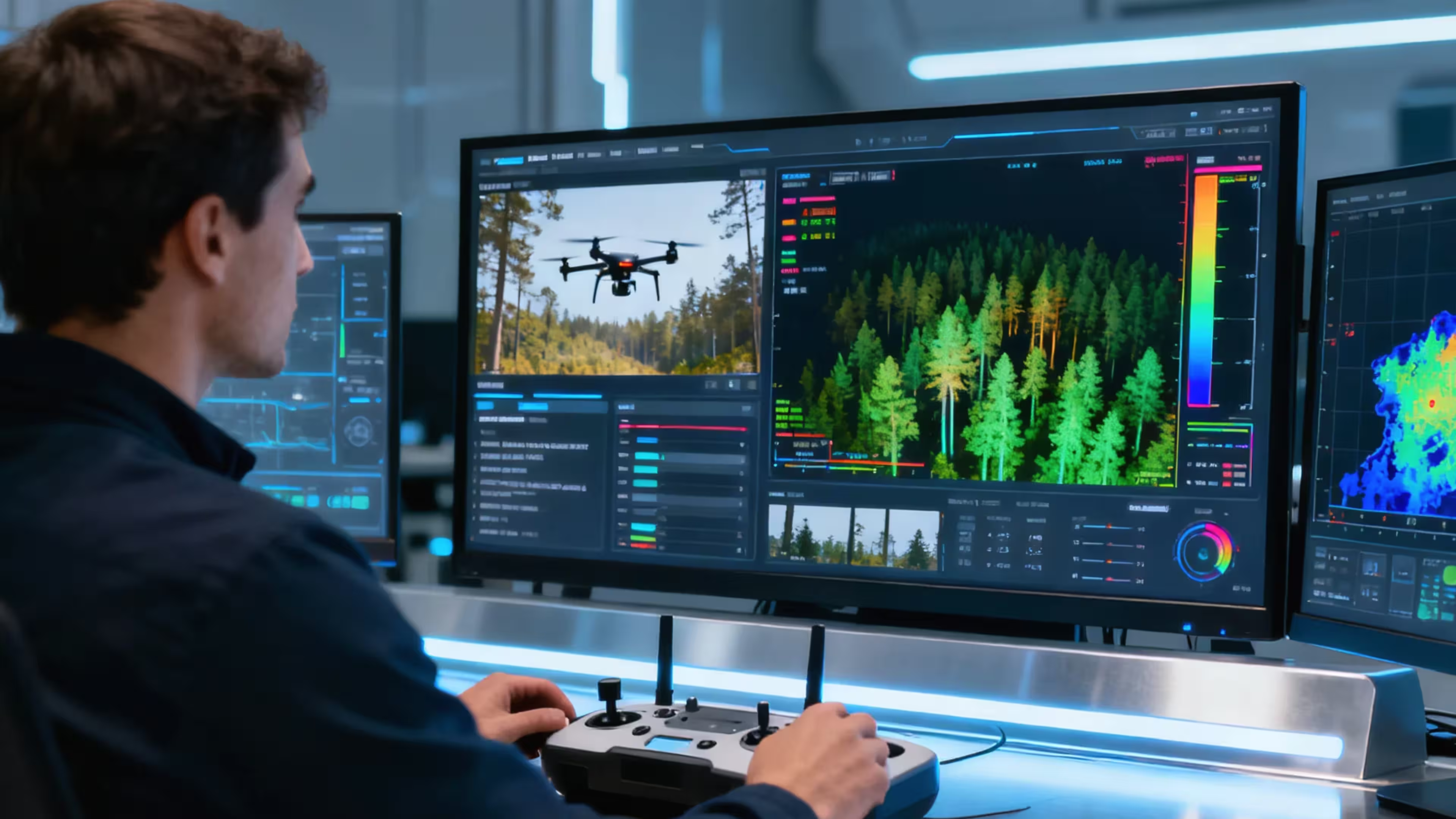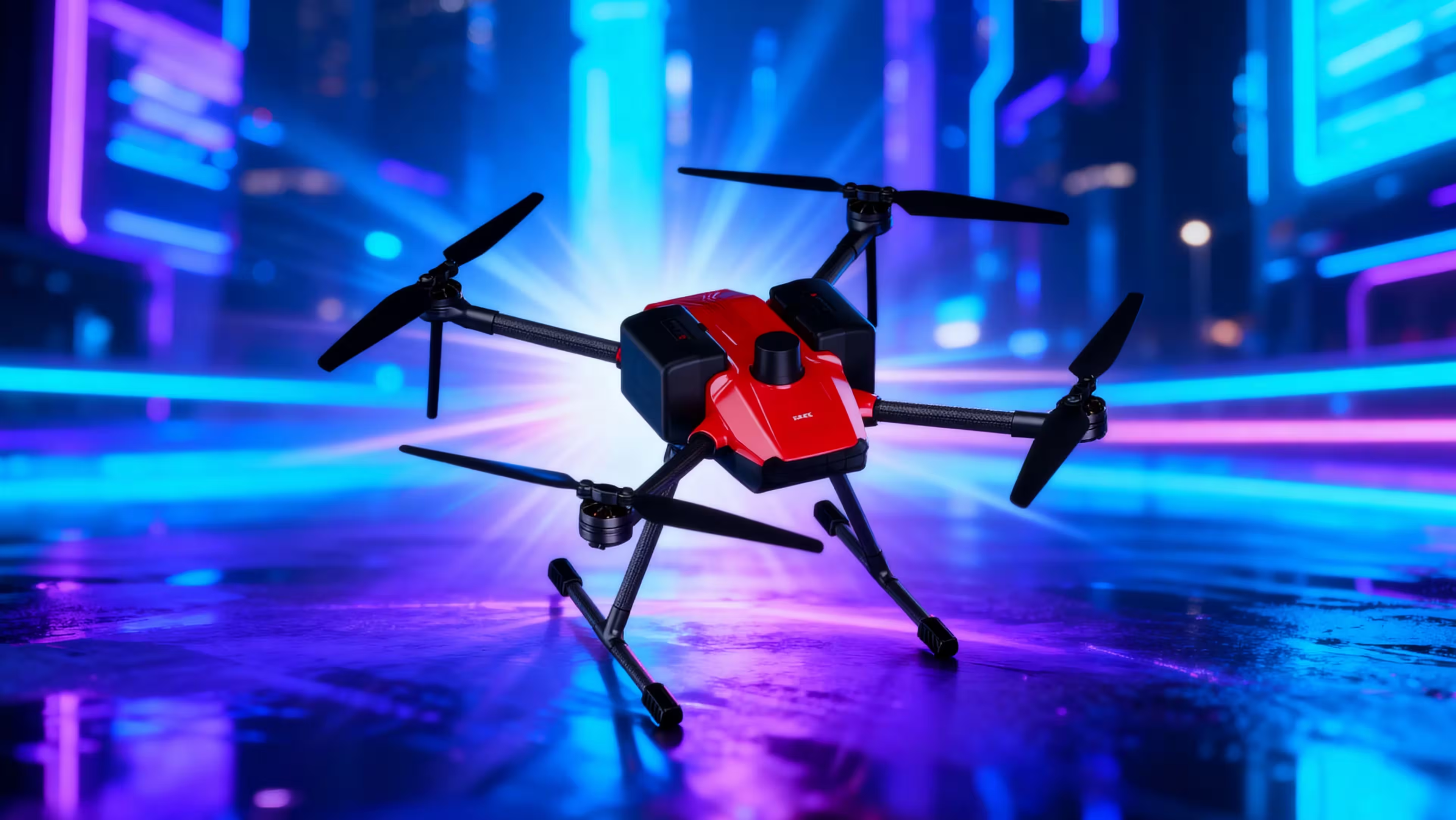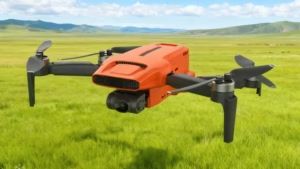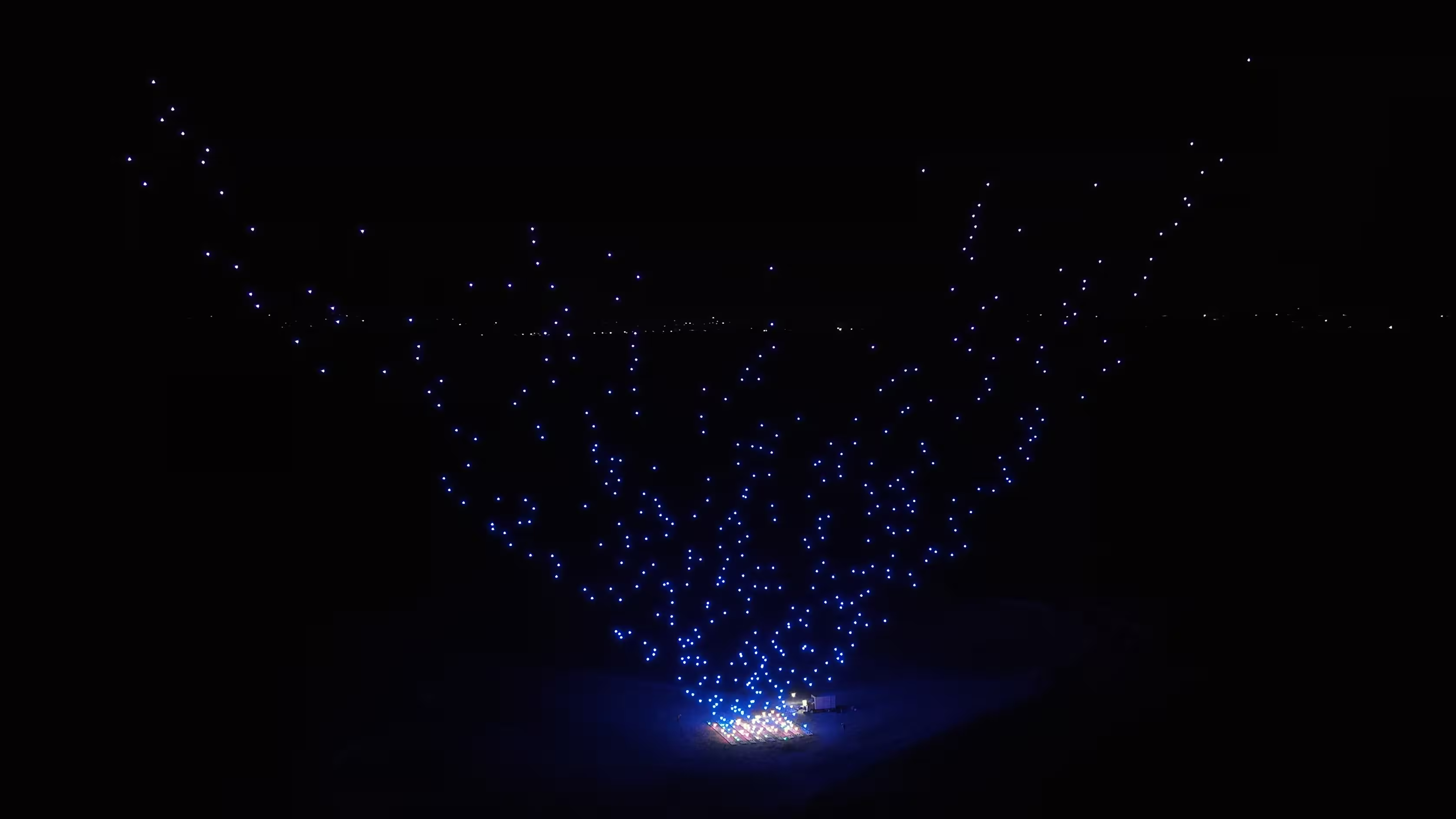Drones are transforming fire prevention patrols, enabling early detection of wildfires, urban fire risks, and hazardous materials before they escalate. Used by fire and rescue agencies, unmanned aerial vehicles (UAVs) monitor vast forests, urban areas, and industrial zones with precision and speed. To operate effectively in smoky, windy, or high-risk environments, drones must meet specific performance standards. Drawing from international guidelines like NFPA standards, NWCG protocols, and real-world applications in wildfire-prone regions, this article explores the key capabilities drones need for fire prevention patrols.
Why Drones for Fire Prevention?
Fire prevention patrols aim to identify hotspots, flammable materials, or early smoke signs to prevent catastrophic fires. Traditional methods, such as ground crews or manned aircraft, are labor-intensive, costly, and limited in scope. Drones offer:
- Wide Coverage: Survey large forests or urban areas quickly.
- Early Detection: Spot fire risks in real time for rapid response.
- Safety: Reduce risks to firefighters in dangerous terrains.
- Versatility: Monitor diverse environments, from dense forests to city rooftops.

To succeed, drones must combine robust flight capabilities, advanced sensors, and safety features tailored to fire-prone settings.
1. Resilience in Harsh Fire-Prone Environments
Fire patrol areas, such as forests or industrial zones, feature smoke, heat, and high winds. Drones need:
- Water and Corrosion Resistance: An IP45-IP54 rating to withstand rain, smoke, and dust. Corrosion-resistant materials like aluminum alloy or composites endure smoky or humid conditions.
- Wind Resistance: Operation in winds up to Level 6-8 (15-25 m/s or 33-56 mph) for stability in gusty forest or urban canyons.
- Temperature Tolerance: Functioning from -10°C to 60°C to handle heat from smoldering fires or cold nights.
For example, drones patrolling wildfire-prone forests operate reliably in smoky, windy conditions, ensuring uninterrupted surveillance.
2. Long-Range and High-Endurance Flight
Fire prevention patrols cover expansive areas, from remote forests to sprawling cities:
- Flight Endurance: 4-8 hours to monitor large regions (50-150 km) without frequent recharging.
- Range and Altitude: Heights up to 500 m (with ±5 cm vertical accuracy) and a 2-5 kg payload capacity for advanced sensors. A range of 50-150 km supports broad patrols.
- Speed: Maximum speeds of 16-30 m/s (36-67 mph) and ascent speeds around 10 m/s for rapid response to detected hotspots.
- Autonomous Flight: Beyond Visual Line of Sight (BVLOS) with electronic fences to avoid restricted areas, plus automatic return-to-home for safety.
These capabilities enable drones to cover vast wildfire zones, as seen in forest fire monitoring operations.
3. Advanced Sensors for Fire Risk Detection
Identifying early fire signs, like hotspots or smoke, requires specialized sensors:
- Thermal/Infrared Cameras: IR cameras (≥640×512 pixels) with 0.1°C temperature sensitivity to detect heat anomalies or smoldering fires. Visible light cameras with 40x zoom identify flammable materials or smoke sources.
- Gas Sensors: Detect carbon monoxide (CO) or volatile organic compounds (VOCs) with 10-500 ppm sensitivity to pinpoint smoke or chemical risks.
- Multispectral Imaging: Analyzes vegetation health or fuel loads to assess fire risk.
- Environmental Sensors: Measure wind speed and humidity to predict fire spread.
- AI Recognition: Onboard AI to automatically flag hotspots or suspicious smoke patterns.
These sensors allow drones to detect fires early, as seen in patrols preventing re-ignition in wildfire zones.
4. Reliable Communication and Data Processing
Real-time data transmission is critical for coordinating with fire agencies:
- Communication Range: WIFI, 4G/5G, or satellite links supporting 500 m to 150 km for live video and sensor data.
- Data Processing: Edge AI for instant hotspot detection and cloud platforms for risk mapping and alert generation.
- Secure Transmission: End-to-end encryption to protect sensitive fire data from interference.
These systems ensure fire teams receive immediate alerts, enabling swift action to prevent escalation.
5. Safety and System Integration
Patrolling fire-prone areas involves risks like smoke, obstacles, or sudden fire flares:
- Redundancy Systems: Dual sensors and three-propeller safe descent to prevent crashes during failures.
- Emergency Protocols: A seven-level response system, including obstacle avoidance, weather pauses, and manual takeover, ensures safe operation.
- System Integration: Compatibility with fire management platforms for multi-drone coordination and nighttime patrols.
- Swarm Capabilities: Support for multiple drones monitoring different areas simultaneously.
These features ensure safe navigation, as seen in patrols avoiding dense forest canopies or urban structures.
6. Regulatory Compliance
Drones must adhere to strict public safety and aviation regulations:
- Certifications: Compliance with FAA, NFPA, or CAAC standards, including BVLOS permits and nighttime operation exemptions.
- Data Privacy: Adherence to GDPR or similar regulations to protect surveillance data.
- Operational Restrictions: Coordination with authorities to avoid flying over active fire zones, per NWCG guidelines.
Compliance ensures drones operate legally and safely in sensitive areas.
Real-World Impact
These capabilities enable drones to excel in:
- Hotspot Detection: Thermal cameras identify smoldering fires in forests, preventing large-scale wildfires.
- Risk Assessment: Multispectral sensors map flammable vegetation, guiding prevention efforts.
- Rapid Response: Drones relay real-time data to fire teams, as seen in urban fire patrols.
Why These Requirements Matter
Drones with these capabilities deliver:
- Early Warning: Detect fire risks before they escalate.
- Efficiency: Cover large areas faster than ground teams.
- Safety: Protect firefighters and equipment in hazardous zones.
- Compliance: Meet regulatory standards for public safety.
As drone technology advances, expect improved sensor sensitivity, longer flight times, and smarter AI, further enhancing fire prevention efforts. Drones are becoming vital tools for keeping communities and ecosystems safe from fires.



